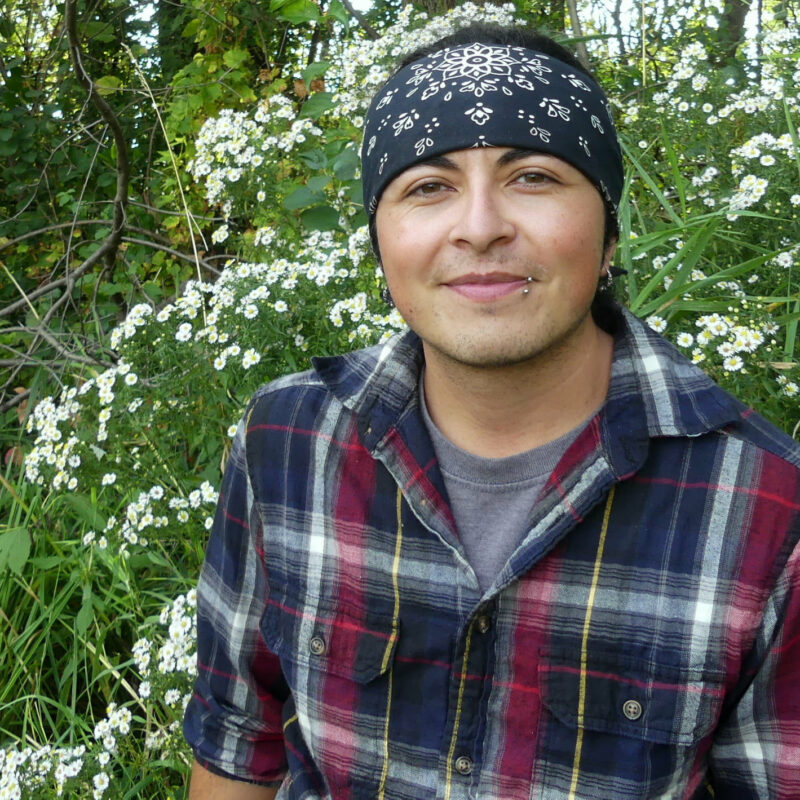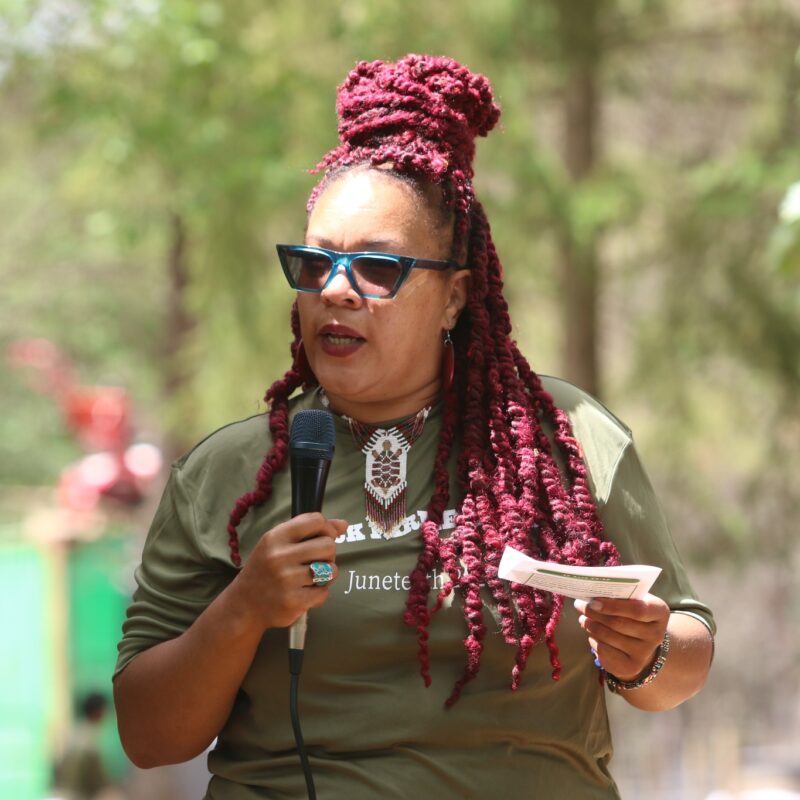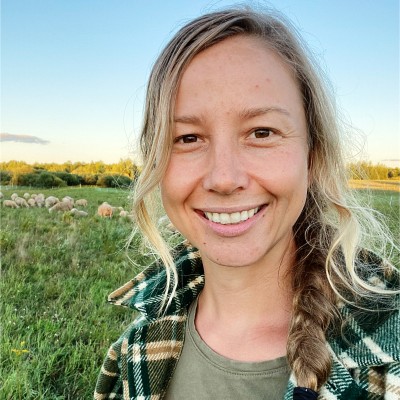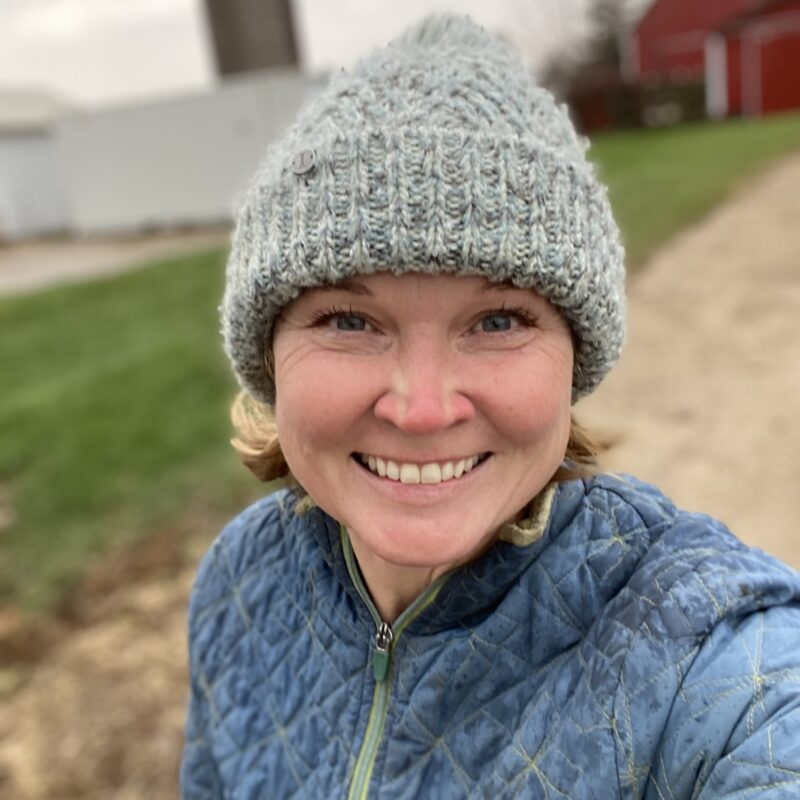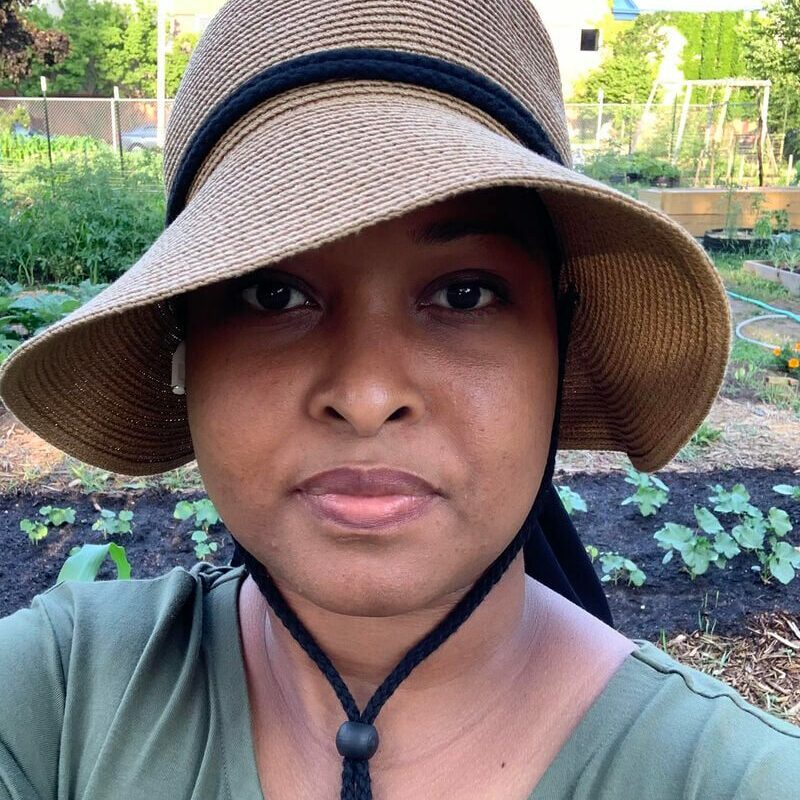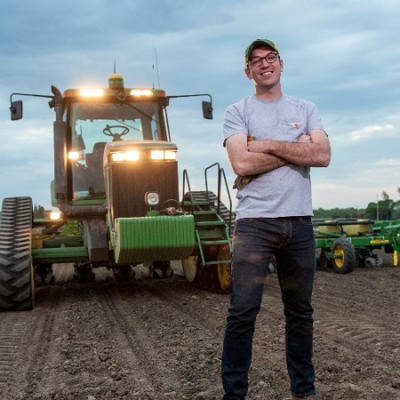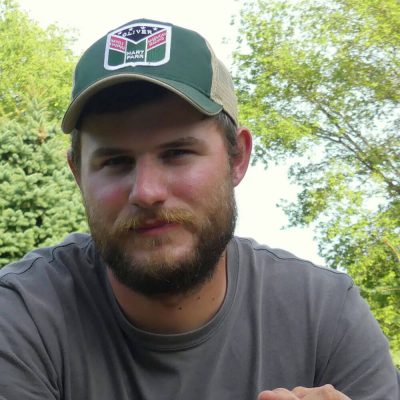Totaling $428 billion in funding, the Farm Bill includes nutrition programs like SNAP (Supplemental Nutrition Assistance Program) that provide food access for low-income families, risk management programs like crop insurance and disaster assistance, resources for starting and growing a farming operation, and support for conservation and sustainable farming practices on land. The next Farm Bill is anticipated to be enacted into law in late 2023.
Earlier this Spring Climate Land Leaders held Farm Bill-focused listening sessions with farmers who are part of the Climate Land Leaders network. The group represented 7 farming operations, including market vegetables, small-scale exurban community farms, commercial-scale hemp, commercial-scale grains, and direct market pastured meats. Climate Land Leaders prioritized hearing from farmers of color, women farmers, and young and beginning farmers. Our conversations were rich and varied – and quickly got practical about what’s working and not working in government support for farmers.
All of the farmers’ feedback was shared with National Sustainable Agriculture Coalition (NSAC), facilitating farmer input into the Farm Bill prioritization process.
Access to land – and housing
Nearly all of the farmers we talked with shared land access stories – the challenges of finding and funding land for farming, particularly for smaller scale and beginning farmers.
“People have dreams to have a small farm, 6 acres or less, but their dream is stopping at the [Farm Service Agency] office. Around here, it’s very difficult to find parcels that are smaller than 40 acres, and if the parcel is smaller you often can’t build [housing] on it, so farmers that want to live on the land where they farm find it difficult…..”
Another farmer mentioned the practice of allowing homesteads to be split off from the farmland:
“I suspect that a lot of townships are going to have to revisit that policy or start giving out new building rights if they want to have a healthy tax base, because there’s so many 40, 50, 100 acre farm lots now that don’t have building rights and there’s no house – my wife and I, we do livestock. When we have a farm, we need to be living where our animals are.”
Might tiny homes be part of the solution? One beginning farmer thinks so:
“I know so many beginning farmers who don’t have a house or need temporary seasonal housing or know folks moving back to family land. A small temp housing loan would be transformational for a lot of folks – just like the microloan.”
And multiple farmers mentioned the need for incentives for farmland owners to work with young and beginning farmers:
“[There are landowners] who would be amenable to transferring their farmland – I’ve been talking to this guy for years about transferring his farm at some point – but financially that would just be a poor decision for him to do that, and there’s no support system to do it, other than my wife and I taking out a massive loan to buy his property. So many other landowning farmers and families are in that situation – they need that rent payment, or they’ve come to expect it. There’s no way for everybody to benefit from a transfer of land.”
“My dream Farm Bill program would be a land access program to incentivize large landowners to sell their back 40 to a beginner, and then funding to the farmer to help purchase.”
Greater expertise and partnership with local federal agencies
Local federal agencies like the Farm Service Agency (FSA) and NRCS (Natural Resources Conservation Service) serve as powerful gatekeepers to federal funds for farm support and growth and conservation. The farmers we talked with recognize this, and in some cases have had positive experiences accessing resources – but overwhelmingly we heard that while strong local agency relationships and expertise are desired, they are infrequently found, hampered by staffing changes, inconsistently applied rules, low cultural competence, and operating within a system long built for commodity crops.
“One of my agents in 2018 sent me a whole booklet of what was covered in payments – it was so handy and useful, including for talking to other people who were saying, ‘my agent says we can’t do this’ – but my new agent, I asked him about an updated version of that pdf, and it was like he didn’t even understand what I was talking about. I feel like this could be so easily streamlined on a website where any farmer could go and look up what the possibilities are and not be so reliant on an agent who may or may not have the knowledge.”
“I couldn’t imagine that the FSA agent that we dealt with on our farm had had any diversity training – no cultural understanding or sensitivity or decorum – none of it was there.”
“I felt they were very inept in understanding organic and sustainable businesses – everything was built around row crop processing. I did most of the loan officer’s work in terms of explaining and understanding what my farm’s business plan was, because there was just no background for it.”
Federal grant programs that are flexible enough to fit a (dynamic) farming business
Accessing federal resources can involve barriers like unclear selection criteria, lengthy application processes, and no guarantee of funding after sometimes considerable time put into applying – but when funds are granted, using them on the ground comes with its own challenges.
“The greenhouse EQIP (Environmental Quality Incentives Program) grant – we went through a lot to get it. We had to prove that we grew something in that location so we can expand – but we just moved to this farm, so how can we prove that we grew crops when we just moved here? So getting the equipment is determined by some conditions that you cannot prove or fulfill.”
“I’m using CSP (Conservation Stewardship Program) in some fields including some natural habitat acres. I wanted to move the pollinator fields, and I went to the program coordinator and said hey, this is a better spot, and they said, no, you can’t change it. I thought literally the same amount of acreage on the same tract on the same farmland, and we had discovered a better place for the pollinators….”
“There’s a lack of flexibility within these programs – even though the farmer knows what’s best for that land. And it’s so different when you get out there, you’re making the plan in an office in April or while driving around – but it’s when you get on the ground…..”
Head over to Instagram to hear more from the farmers we talked with – on the big picture of Farm Bill dollars, recognizing culturally specific farming operations, addressing racist patterns of resource denial, and incentives and risk-sharing for farms providing ecosystem services.
We’re deeply grateful to the farmers who participated in these listening sessions (see below!) and will be actively following the development of the 2023 Farm Bill over the next year.
Thank you to NSAC and Regenerative Agriculture Foundation for supporting these Farm Bill listening sessions.
